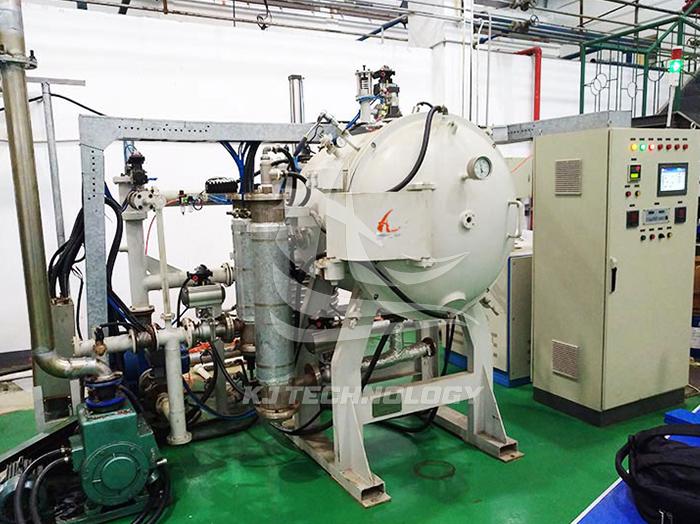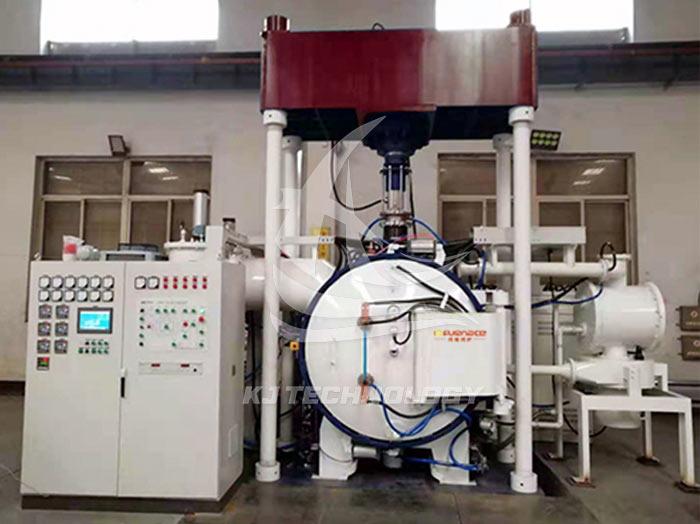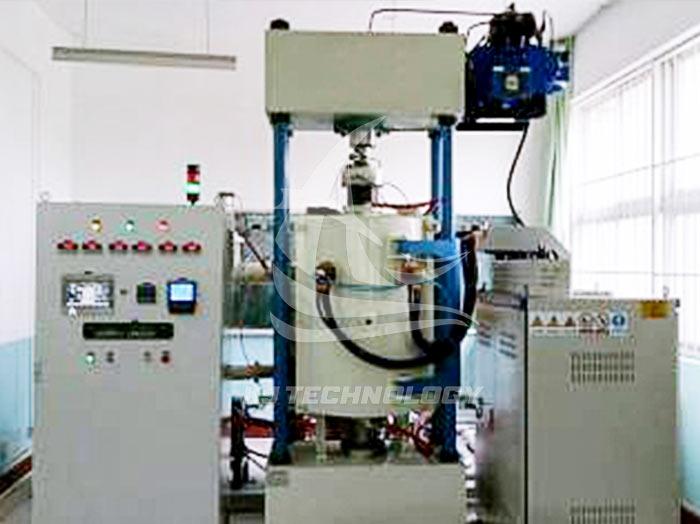What gases can be used for industrial vacuum heat treatment?
 05-08-2025 Author: KJ technology
05-08-2025 Author: KJ technology
Industrial vacuum heat treatment furnaces can be filled with various gases to meet different heat treatment process requirements. Here are some common gases:
nitrogen
Property: Nitrogen is an inert gas with non reactive chemical properties, and is not easily reacted with other substances at room temperature and pressure.
Function: Commonly used in the cooling stage of vacuum heat treatment furnaces, as a protective gas, it can prevent metal from undergoing oxidation reactions with oxygen at high temperatures, avoid defects such as oxide scale and decarburization on the metal surface, and thus improve the surface quality and performance of metal products. In addition, nitrogen can also be used to regulate the pressure inside the furnace, making the heat treatment process more stable.
hydrogen
Property: Hydrogen is a reducing gas with strong reducing ability.
Function: In vacuum heat treatment, hydrogen is mainly used to reduce oxides on the metal surface, making the metal surface purer and improving its toughness and ductility. For example, when heat treating some alloy steels and stainless steels, introducing an appropriate amount of hydrogen can effectively remove the oxide film on the metal surface and improve the surface properties of the metal. Meanwhile, hydrogen can also serve as a heating medium, which helps to improve the uniformity of temperature inside the furnace.
argon
Properties: Argon is an inert gas with higher chemical stability and lower thermal conductivity than nitrogen.
Function: Commonly used in vacuum heat treatment processes that require extremely high surface quality of metals, such as heat treatment of rare metals such as titanium alloys and nickel based alloys. Due to the stronger inertness of argon gas, it can better isolate air and prevent metal from reacting with oxygen, nitrogen, etc. at high temperatures, thereby obtaining higher quality metal surfaces. In addition, in some heat treatment processes that require precise control of the furnace atmosphere, argon gas can also be used as a protective gas to provide a stable inert environment.
ammonia
Property: Ammonia decomposes at high temperatures to produce hydrogen and nitrogen, with certain reducing and nitriding properties.
Function: Mainly used for vacuum nitriding treatment, to infiltrate nitrogen atoms into metal surfaces, forming a nitride layer with high hardness, good wear resistance, and strong corrosion resistance, thereby improving the surface hardness, wear resistance, and fatigue resistance of metal parts. In industries such as mechanical manufacturing and mold manufacturing, it is commonly used to process parts such as gears, shafts, and molds to improve their service life and performance.
acetylene
Properties: Acetylene is a flammable gas that can decompose into carbon and hydrogen at high temperatures, and has strong carburizing ability.
Function: In vacuum carburizing treatment, acetylene can serve as a carbon source, providing carbon atoms to the metal surface, forming a high carbon layer on the metal surface, thereby improving the surface hardness, wear resistance, and contact fatigue strength of the metal. However, safety should be taken into account when using acetylene, as it is a flammable and explosive gas, and relevant safety regulations must be strictly followed during storage, transportation, and use.








